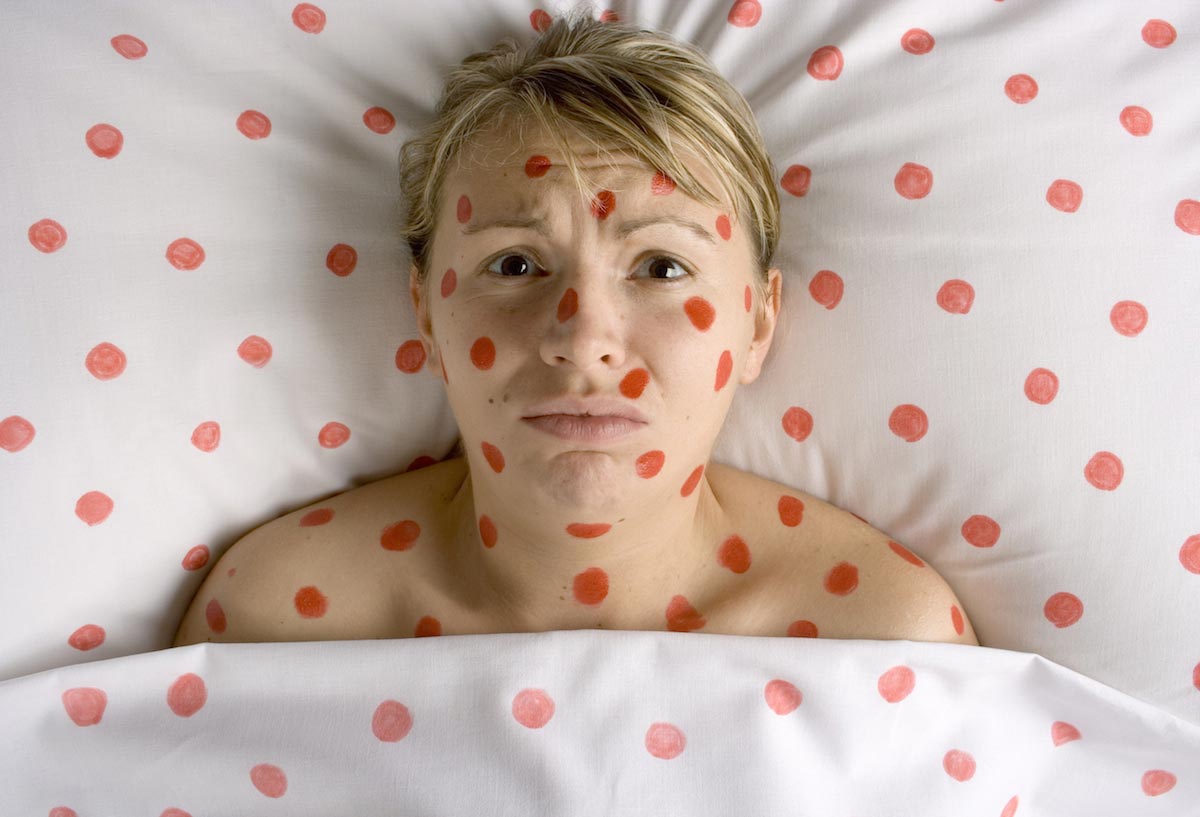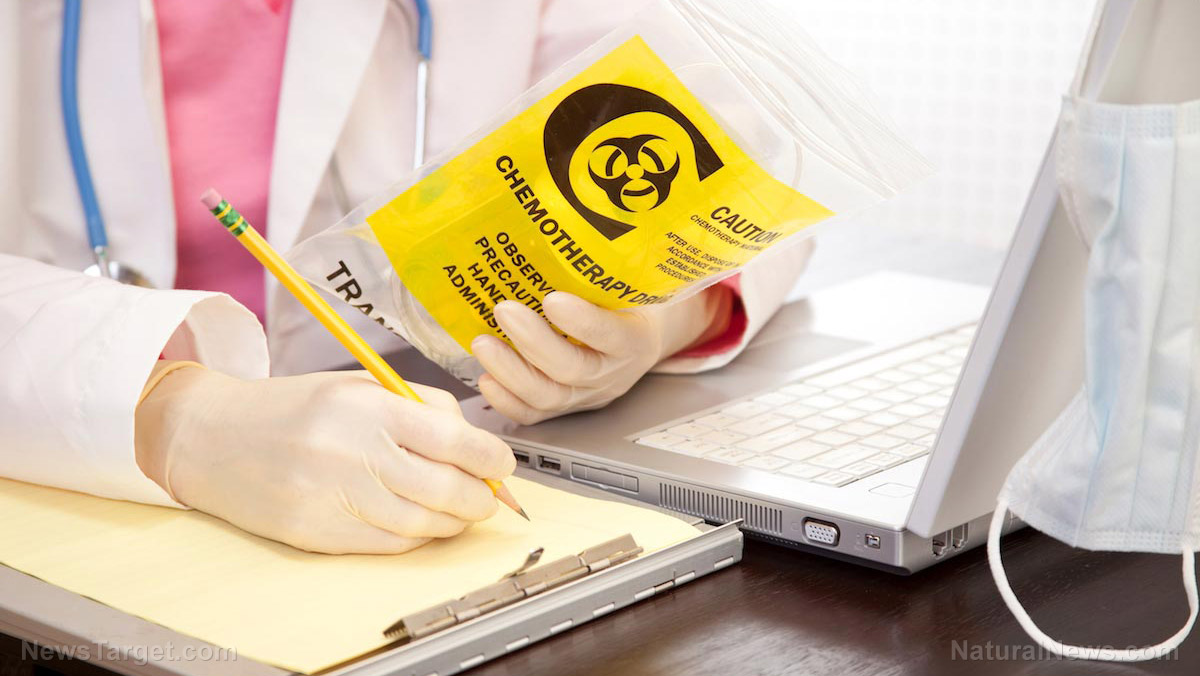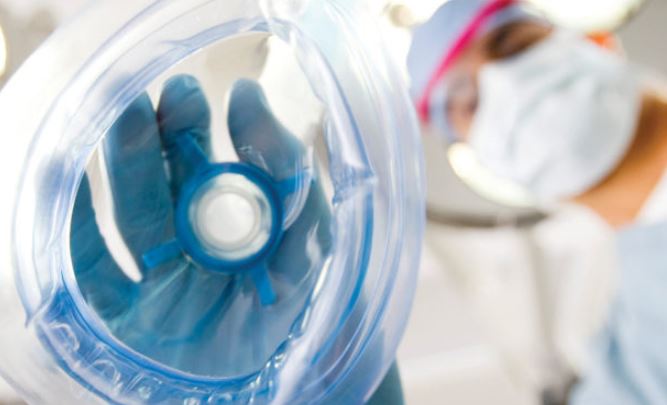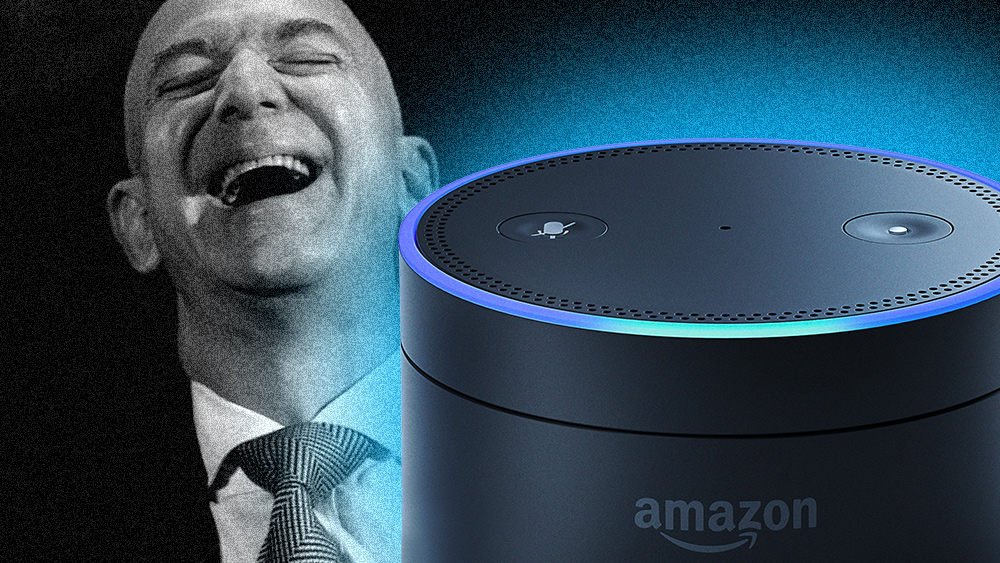People who undergo “routine” colonoscopies found to be at risk of infections
06/06/2019 / By Edsel Cook

Colonoscopies and endoscopies turn out to be more dangerous than healthcare professionals describe them to be. Recent research warns that undergoing these physical inspections could increase the chance of bacterial infection taking place inside the digestive tract.
A colonoscopy is an examination that looks for abnormalities or alterations within the large intestine and rectum of a patient. Meanwhile, an endoscopy is a similar technique that inspects the digestive tract. It uses an endoscope, a tiny camera at the tip of a long, flexible tube that is inserted into the gastrointestinal system.
Once a person reaches the age of 50, he or she is often urged to get a colonoscopy every five years. Most healthcare practitioners assure their patients that the process is routine.
Researchers from Johns Hopkins University (JHU) disproved this in their recent evaluation of medical data of patients from half a dozen states. They went through records of hospital admissions in search of cases where the patient got rushed to the emergency ward due to bacterial infections. Then they tracked down the instances when the hospitalization took place one week and 30 days after either a colonoscopy or an endoscopy. (Related: 10 Antibacterial Herbs: Fight Infections And Kill Bacteria.)
Patients face higher risks of bacterial infections after a colonoscopy or endoscopy
The JHU research team found that the risk of bacterial infection went up after a patient underwent colonoscopy or endoscopy. The person became more vulnerable to harmful E. coli and Klebsiella bacteria.
The increase in risk varied according to the type of examination. It was 0.1 percent for screening colonoscopies, roughly 0.2 percent for non-screening exams, and more than 0.3 percent for endoscopies.
Furthermore, the risk grew even greater for patients with a history of hospitalization for illnesses before getting a colonoscopy or endoscopy. For every 1,000 patients who ended up in a hospital within 30 days before a colonoscopy, 45 of them needed to return within a month of the examination to get treatment for a new infection.
Similarly, patients who went to the hospital before taking an endoscopy experienced higher chances of infection. The rate for endoscopies – more than 59 out of every 1,000 patients – exceed that for colonoscopies.
These numbers might not seem much, but they were far higher than expected. The widely acknowledged rate of infection after a colonoscopy was one case in every million patients.
A stronger immune system can protect against infection
Every year, healthcare professionals perform more than seven million upper-gastrointestinal endoscopies and 15 million colonoscopies in the United States. The examinations screen for colon cancer and other serious diseases that affect the gastrointestinal system.
Patients are led to believe that colonoscopy is safe. But using the results of the JHU studies, the procedure and the related endoscopy cause hundreds of thousands of cases of bacterial infections each year.
However, colonoscopies and endoscopies retain their usefulness. As such, to avoid a bacterial infection following one of these procedures, patients need to strengthen their immune system.
Switch to a diet with as much organic fruits and vegetables as possible. The plant-based foods have antioxidants that help fight infection. Protein-rich foods should likewise come from natural sources.
Avoid animal products from factory-style “farms” – these force-feed large amounts of antibiotics and artificial hormones to their livestock and poultry. In a similar vein, do not consume processed foods and drinks, since artificial additives found in those junk foods suppress the immune system.
Last but not least, get plenty of vitamin C and vitamin D weeks or even months before going to the hospital. These vitamins boost the effectiveness of the immune system, thereby compensating for the higher risk of bacterial infection after undergoing a colonoscopy or endoscopy.
Sources include:
Tagged Under: bacterial infections, bad doctors, colonoscopy, disease prevention, endoscopy, gastrointestinal tract, immune system, infections, integrative health, superbugs
RECENT NEWS & ARTICLES
BadDoctors.News is a fact-based public education website published by Bad Doctors News Features, LLC.
All content copyright © 2018 by Bad Doctors News Features, LLC.
Contact Us with Tips or Corrections
All trademarks, registered trademarks and servicemarks mentioned on this site are the property of their respective owners.



















